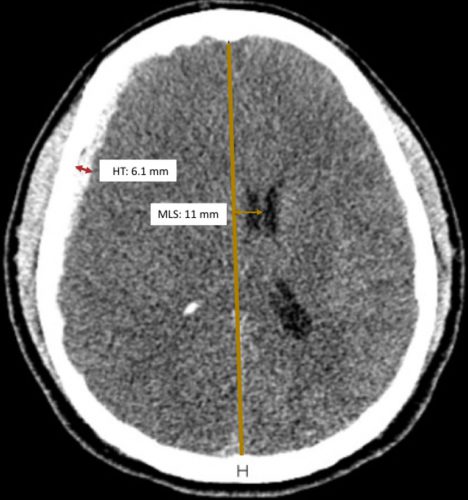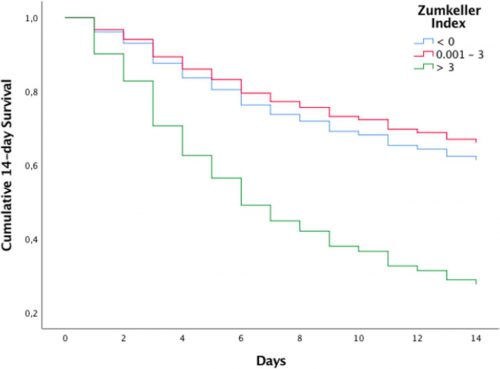A number of papers have addressed the clinical differences between adult trauma centers that provide care for children and pediatric trauma centers. For example, differences in TBI outcomes and solid organ injury management have been noted, to name a few. But I’ve seen very little written on the patient (and parent) experiences at these centers.
Adolescents exist between the adult and pediatric worlds. They frequently suffer injury from adult mechanisms like car crashes, interpersonal violence, and drugs/alcohol. But they are still developing from anatomic, physiologic, and psychosocial standpoints. So which trauma center is better for them? An adult center with more experience managing their injuries, or a pediatric center more attuned to their distinct psychosocial needs?
The surgery group at the University of Calgary in Alberta, Canada, performed a prospective, 1.5 year study of adolescents (aged 15-17) and their caregivers when admitted to the local adult or pediatric trauma center. Enrollees received a survey eight weeks after discharge to glean details of their experience. This survey was a validated tool called the QTTAC-PREM ( Quality of Teen Trauma Care Patient Reported Experience Measure).
This survey was very comprehensive and clocked in at 31 pages in length! It included questions on visits by friends, interactions with hospital staff, schoolwork, pain control, mental health, privacy, and follow-up visits.
Here are the factoids:
- A total of 90 patients were enrolled; 51 were admitted to pediatric trauma centers and 39 to adult centers
- Survey completion rates were reasonable, with 77 returned in the pediatric center group and 41 in the adult center group (surveys could be completed by the patient, their caregiver, or both)
- Patients taken to the adult center were more seriously injured (56% with ISS>9 vs. 10%)
- Overall, there were few differences in experience, but parents gave lower ratings for communication, follow-up care, and the overall hospital score
- The adult trauma centers had poorer family accommodations, as noted by both the patients and their parents
Bottom line: This is a (somewhat) interesting study looking beyond the purely clinical differences in adult vs. pediatric trauma centers. It has some significant problems, although it is still possible to derive some valuable information.
First, it was a survey. And a 31-page survey at that! I throw most one-page surveys I receive away without a thought. So the enrollment and return rates are guaranteed to be low. Next, it was performed during the height of COVID, which changed everything. Fewer patients presented to the hospitals, and measures were in place, making them less friendly and accessible for patients and their caregivers. This could significantly alter any opinions of patient/parent experiences.
And finally, there are only two trauma centers in Calgary, one adult and one pediatric. So this study cannot be generalized easily to other centers in Canada or anywhere else in the world. In many ways, they are unique. So the actionable information contained in it is very limited.
However, we can learn something. Communication is always an issue in hospitals. Pediatric centers are very familiar with dealing with parents, and adult centers would benefit by taking this page from their playbooks. Similarly, pediatric centers routinely provide housing for the parents, while adult centers have never had to prioritize this.
A related question needs to be addressed: what about dual centers? That is, a combined Level I adult and Level I pediatric center. These hybrids are largely ignored, although they are more common in larger metropolitan areas.
Regardless, ALL trauma centers can benefit from improved communication with their patients and accommodations for parents of pediatric patients.
Reference: Between Paradigms: Comparing experiences for adolescents treated at pediatric and adult trauma centres. Injury, published ahead of print, April 12, 2023.
If you are interested in the QTTAC-PREM questionnaire used in this study, you can find it in the supplemental data for this study:
Yeung M, Hagel BE, Bobrovitz N, Stelfox TH, Yanchar NL. Development of the quality of teen trauma acute care patient and parent-reported experience measure. BMC Res Notes. 2022 Sep 23;15(1):304. doi: 10.1186/s13104-022-06194-x. PMID: 36138467; PMCID: PMC9503226.
If you need help obtaining a copy, please feel free to email me.



